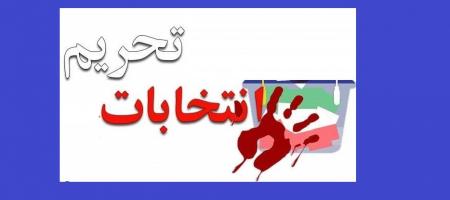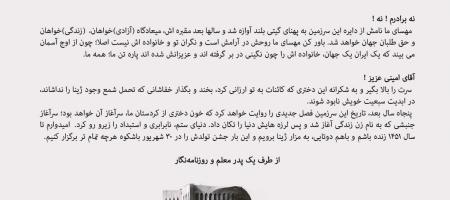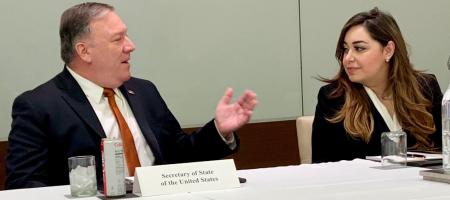
By: Reza Rezaee
Islamic republic in Iran executed at least 582 people last year, It was the highest number of executions in the Islamic republic since 2015 More than half of the executions last year took place after the protests erupted in September. Political execution in Iran has been a disturbing and recurring phenomenon, raising serious concerns about human rights violations and the suppression of dissenting voices. Following the establishment of the Islamic Republic in 1979, a wave of political repression ensued, targeting individuals and groups deemed a threat to the regime. The Islamic Republic of Iran has been widely criticized for its oppressive practices, which systematically violate the fundamental human rights of its citizens. This article examines the various forms of oppression carried out by the Iranian government, shedding light on the pervasive nature of these violations.
Religious and Political Repression
One of the primary forms of oppression in Iran is the suppression of religious and political freedoms. The Iranian government maintains strict control over religious practices, targeting religious minorities and dissenting voices. Non-Muslims, particularly Baha'is, face discrimination, persecution, and restrictions on their religious activities. Furthermore, political dissidents, activists, and independent journalists are often subjected to harassment, arbitrary arrests, and imprisonment for expressing critical views or engaging in peaceful protests.
Pattern of Suppression
Throughout the years, Iran has witnessed a pattern of political executions, particularly targeting political activists, dissidents, journalists, and members of minority groups. These executions often follow controversial trials, with allegations of unfair legal proceedings and limited access to legal representation.
Prominent Cases
Several high-profile cases highlight the gravity of political execution in Iran. Notable examples include the mass executions of political prisoners in the 1980s, such as the 1988 prison massacres, where thousands of political prisoners were executed following summary trials. Other cases involve prominent political figures, journalists, and human rights defenders who have been targeted for their activism and opposition to the regime.
Suppression of Minority Groups
Iran's political execution practices have also disproportionately affected minority groups, including ethnic and religious minorities. Kurds, Baluchs, Arabs, and Baha'is have faced systematic discrimination and repression, leading to politically motivated arrests and executions.
Challenges and Implications
Political executions have far-reaching implications for Iranian society. They create an atmosphere of fear, hamper freedom of expression, and stifle political dissent. The suppression of opposition voices undermines democracy, hinders social progress, and perpetuates a climate of repression and control.
Conclusion
Political execution in Iran remains a grave concern, reflecting the systemic suppression of political dissent and opposition voices. Urgent action is needed to safeguard human rights, promote accountability, and foster a more inclusive and democratic society in Iran. By shedding light on these practices and advocating for change, we can contribute to a world where the right to life and freedom of expression are respected and protected for all individuals.













